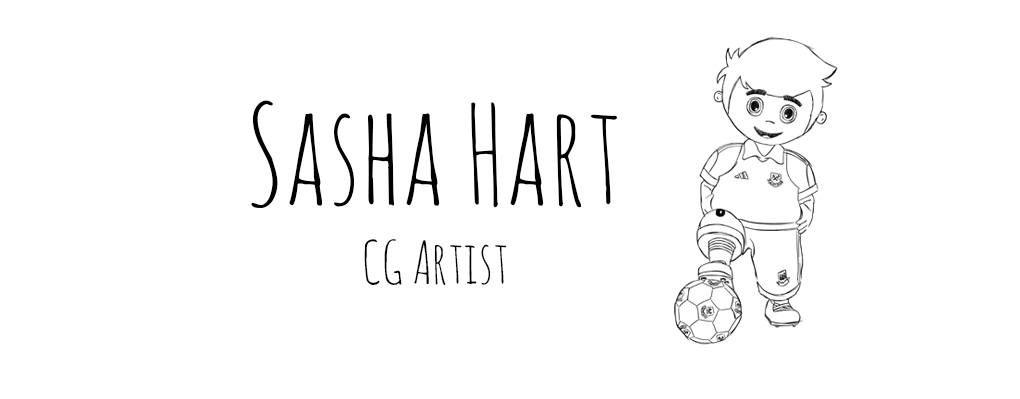One of the first books I come across in the library was "Anatomica The Complete Home Medical Reference". This book has several pages of each of the chosen themes from our briefing, but also there are several illustrations that I have found useful becasue their use of colour and texture.
Image.1 "Anatomica The Complete Home Medical Reference" front cover
So here are just a couple bits of important information that I found the most helpfully from this book....
- Viruses are between 20 and 100 times smaller than bacteria and contain either DNA (Deoxyribonucleic acid) or RNA (Ribonucleic acid). Virus are not considered to be alive, since they cannot reproduce outside a living cell. However a virus itself can reproduce by entering a cell and using the cell's parts to make more copies of itself. Which it then leaves and spreads elsewhere in the body, causing a disease.
Theme 1 - HIV (Human Immunodeficiency Virus)
- The illness is characterized by severe immune deficiency, leaving the body vulnerable to life threatening illnesses.
Image.2 HIV Virus Structure
- The HIV virus attacks and destroys certain types of white blood cells called T4 lymphocytes, which are responsible for patrolling the body and destroying foreign invaders. HIV destroys these cells, making them no longer available to fight common bacteria and viruses which normally would not cause disease. The body lowered defences, then, eave it susceptible to these invaders which cause opportunistic infections. The HIV virus is transmitted, among other ways, through sexual contact but it is also transmitted via blood transfusions, needle sharing or accidental needle stick injury. It is also possible for a pregnant woman to pass the virus to the fetus and the mother could infect her baby through her milk.
Image. 3 HIV virus attacking a cell
Diagnosis
- HIV infection is confirmed by an HIV anti-body Text, which looks for HIV antibodies in the blood formed in response to infection with HIV. If the test I positive, a follow – up is always performed to confirm it. The test becomes positive within three months of exposure. Someone who has been recently exposed, yet has a negative result, should be tested again three months after exposure. Progress of the disease can be monitored by regularly measuring the T4 cell count in the blood. The lower the count, the further the disease has progressed. Serious infections are likely to develop at counts of below 200 cells per cubic millimetre.
Theme 2&3 - Antibodies and infections
- Throughout life the body faces on going assault from thousand of viruses, bacteria and other microbes.The first line of defense the skin keeps most of these potential invaders out but the few that make it through to deeper tissue to cause disease face a attack from the waiting white blood cells.
- There are five major type of white blood cells: neutrophils, eosinophils, basophils, monocytes and lymphocytes.
Image. 4 Showing how the body protects against a virus
Image .5 The Variety of White Blood Cells
One thing that this book has done, has help me with making an decision, of what theme I would like my animation to be based around and that is theme 3 fighting an infection. In the animation itself I want to express how with the use of the white blood cells and antibodies, fight against a virus. There are several ways that the body fights off an virus and I thought that showing the different ways our body fights of virus, would be be a interesting way to go with my animation. But I think further research into the different ways the body protects us will help with my ideas.






No comments:
Post a Comment